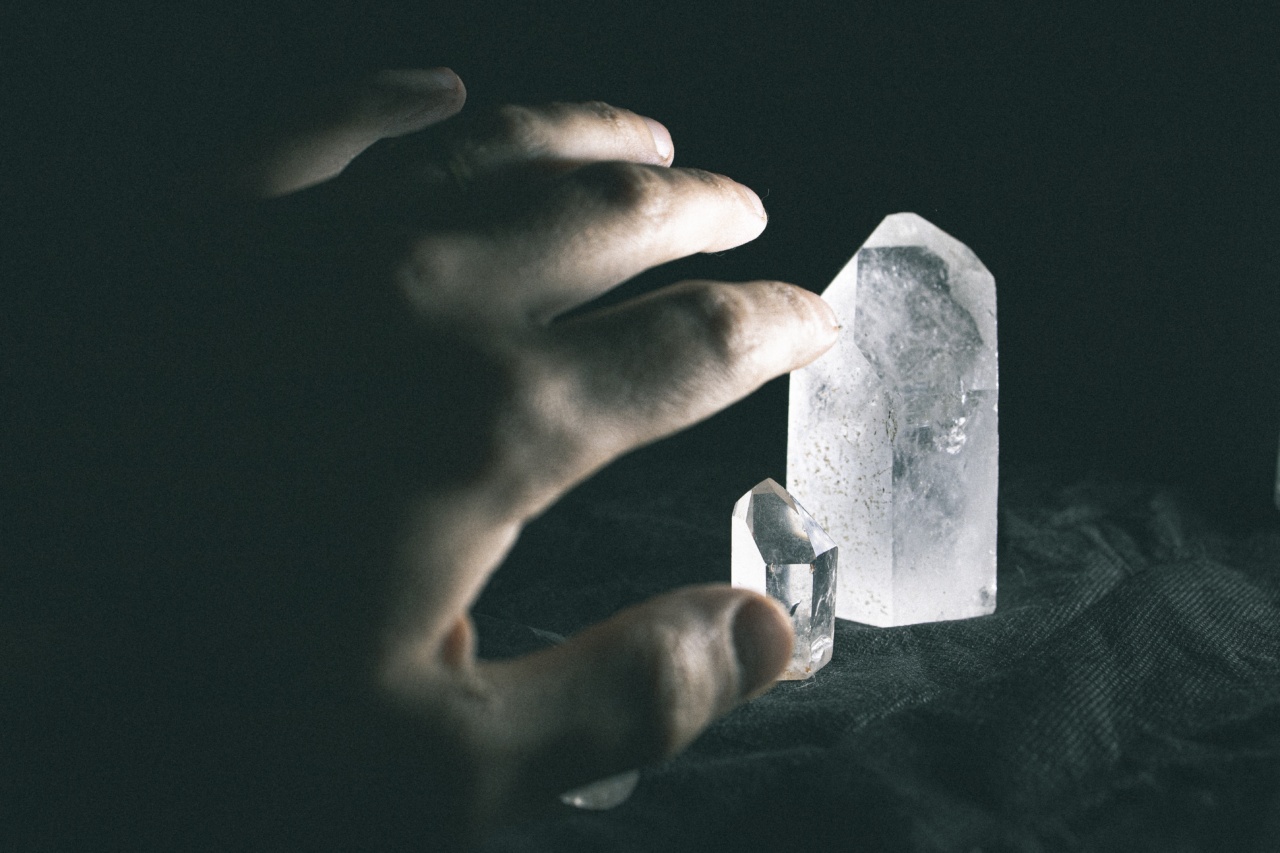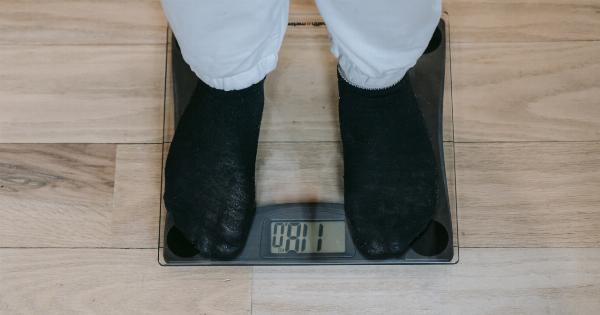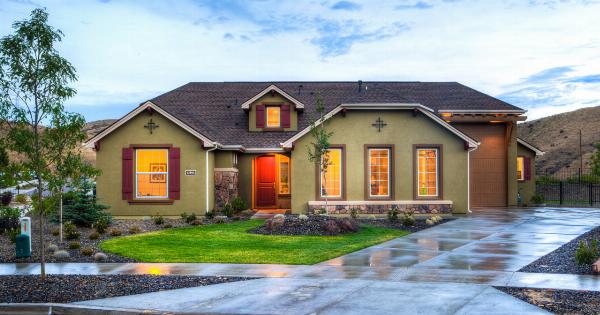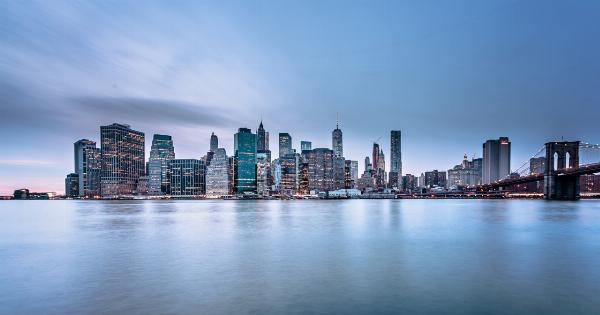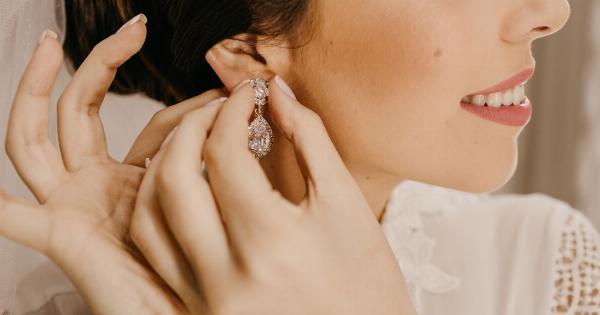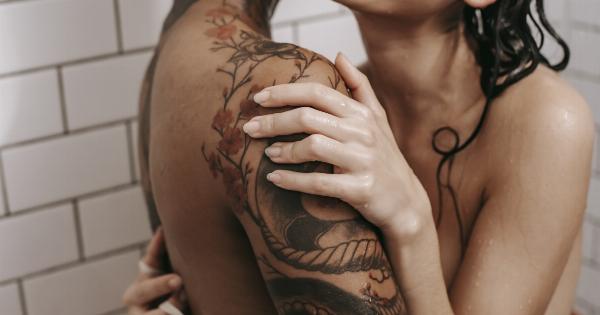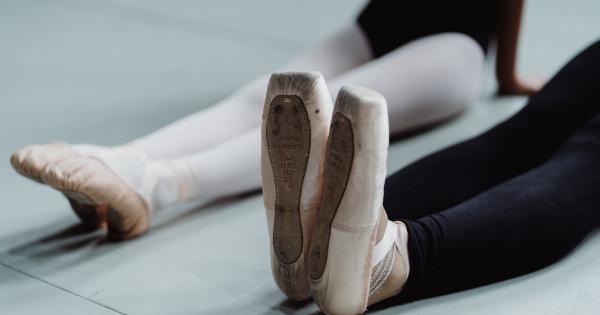Changing rooms can be a source of anxiety for many people, regardless of their gender or body size.
However, society often focuses on the female experience, neglecting the fact that men have their own set of insecurities and pressures when it comes to the way they look. In this article, we will explore the truth about men and body size in changing rooms, shedding light on the challenges they face and the need for body positivity for all.
The Pressure to Fit into the “Ideal” Body Type
Just like women, men also face immense pressure to conform to society’s standards of the “ideal” body type.
Magazines, advertisements, and even social media platforms are filled with images of toned and muscular men, setting unrealistic expectations. This pressure is particularly evident in changing rooms, where men compare themselves to others and feel judged based on their body size.
Body Shaming Among Men
Body shaming is not exclusive to women; it affects men as well. Remarks about being too thin, too fat, or not having enough muscle can be incredibly damaging to a man’s self-esteem.
Changing rooms can become breeding grounds for body shaming, as men make derogatory comments about their own bodies or those of others. This toxic behavior perpetuates a negative cycle, making men feel even more self-conscious and ashamed of their appearance.
The Fear of Judgment
Changing rooms can be intimidating spaces, filled with mirrors and the presence of others. Men often fear judgment from their peers, causing them to feel self-conscious about their bodies.
Whether it is comparing their physique to that of a well-built stranger or experiencing scrutiny from friends, this fear of judgment can lead to increased anxiety and a negative body image.
Men and Body Dysmorphia
Just like women, men too can struggle with body dysmorphia. Body dysmorphic disorder is a mental health condition where an individual becomes excessively preoccupied with an imagined or minor physical flaw.
In changing rooms, men with body dysmorphia may perceive themselves as overweight or lacking muscle, despite evidence to the contrary. This distorted self-perception can cause significant distress and interfere with daily life.
The Need for Body Positivity
It is crucial to promote body positivity for men and encourage acceptance of diverse body types. Men should be able to feel comfortable in their own skin, knowing that their worth is not determined by their appearance alone.
Changing rooms should be inclusive spaces that foster self-acceptance and support rather than perpetuating negative body image and judgment.
The Role of Media and Advertising
The media plays a significant role in shaping societal beauty standards and perceptions of body size. Advertisements often feature men with chiseled abs and perfectly sculpted bodies, creating an unrealistic expectation of how men should look.
By diversifying the representation of men in media, we can challenge these narrow beauty ideals and create a more inclusive environment in changing rooms and society as a whole.
The Importance of Education
Education is key in promoting understanding and empathy towards the struggles men face regarding body size.
By raising awareness about the prevalence of body image issues among men and the impact of body shaming, we can help build a more compassionate society. Schools, communities, and even changing room facilities can offer workshops and resources to educate individuals on body positivity, self-acceptance, and the harmful effects of body shaming.
Respecting Boundaries
Respecting others’ boundaries in changing rooms is imperative. Men should refrain from making unsolicited comments about others’ bodies, as they can be triggering and perpetuate insecurities.
A simple act of empathy and understanding can go a long way in creating a safe and welcoming environment where everyone feels comfortable and accepted, regardless of their body size or shape.
Celebrating Body Diversity
It is important to celebrate and appreciate the diversity of bodies in changing rooms. Men of all sizes and shapes should be acknowledged and embraced, dismantling the notion that there is only one “ideal” body type.
By promoting body diversity, we can encourage men to feel confident and comfortable in their own bodies, fostering a more positive atmosphere in changing rooms.
Conclusion
Changing rooms should be spaces where men feel accepted, supported, and free from judgment. It is crucial to acknowledge and address the challenges men face regarding body size and promote body positivity for all.
By challenging societal beauty standards, educating others, and celebrating body diversity, we can create a more inclusive environment in changing rooms and society as a whole.
